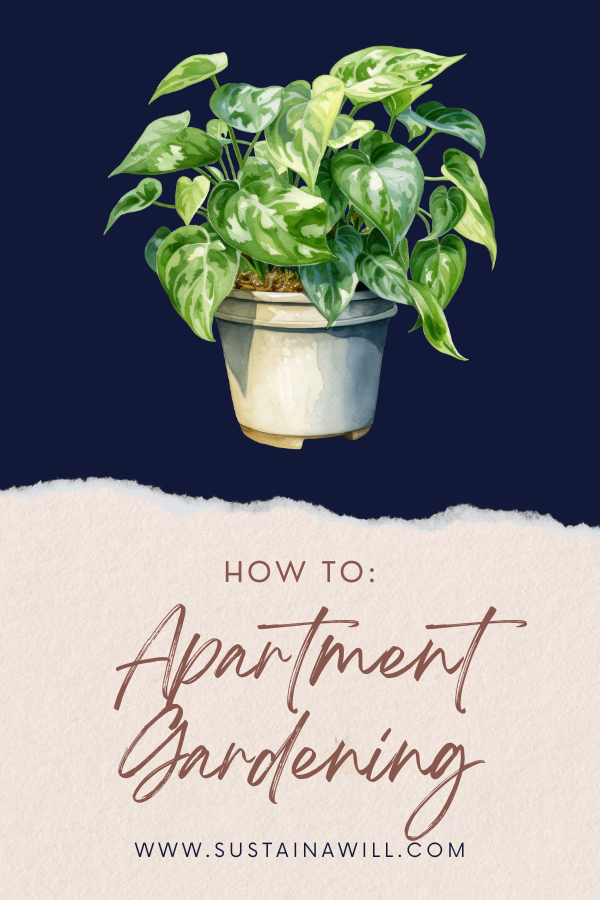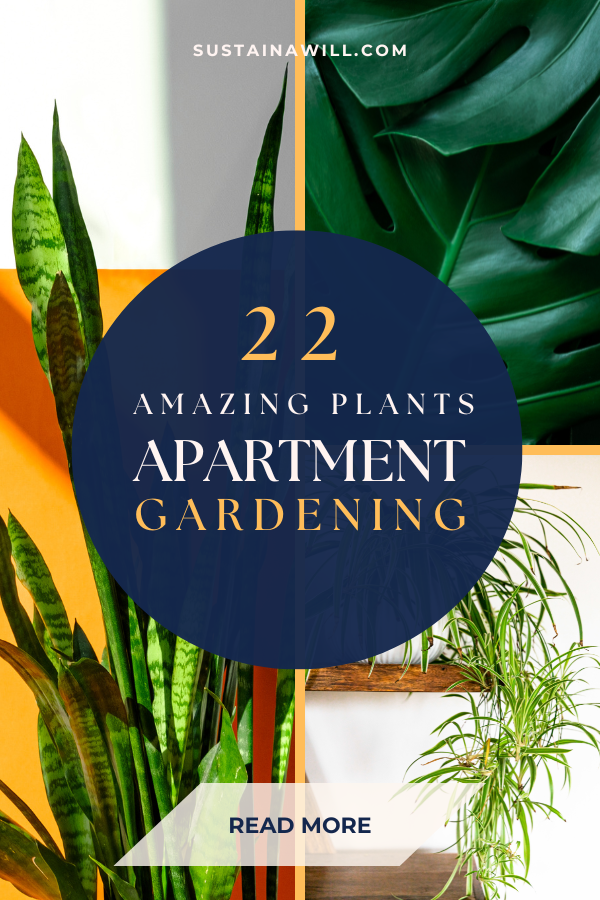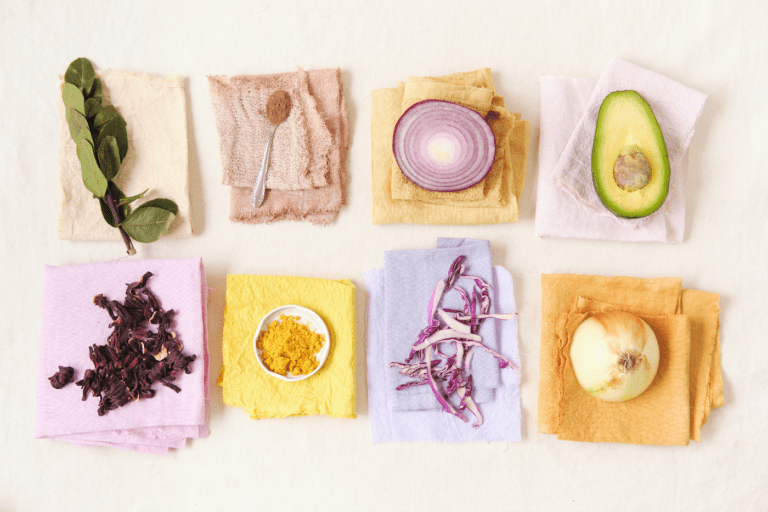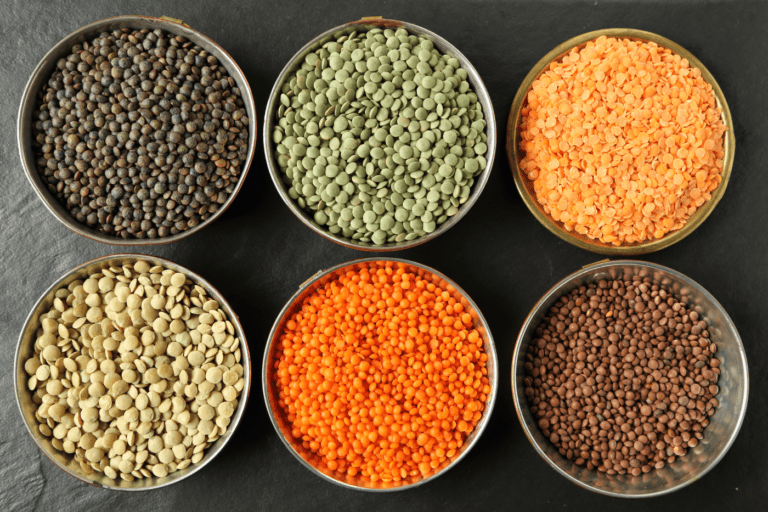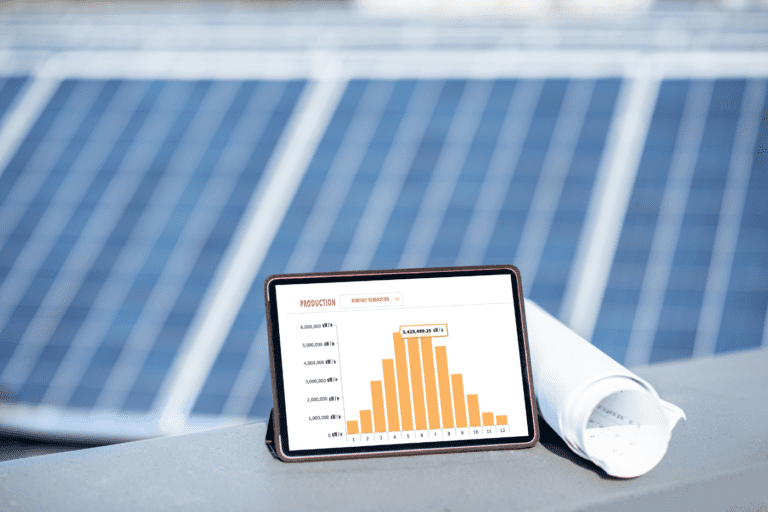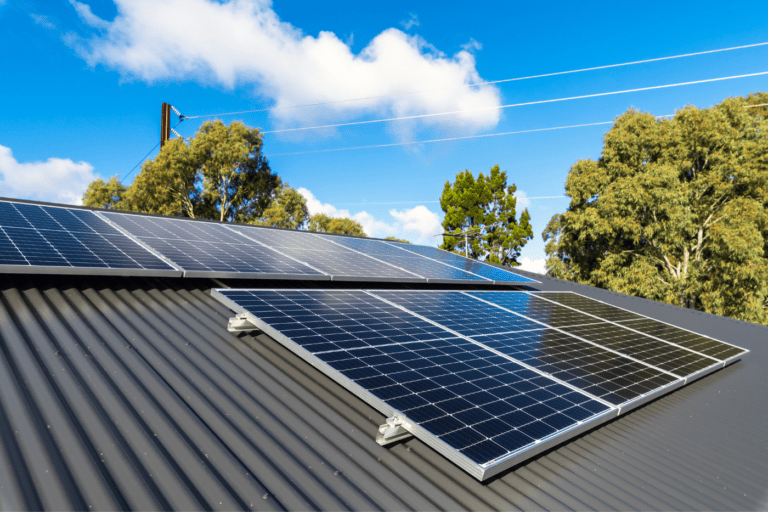If you’ve been yearning to bring a touch of greenery into your urban abode but aren’t sure where to start, you’re in the right place.
Apartment gardening is a fantastic way to add life and vibrancy to your living space, even if you’re working with limited square footage.
As a beginner, you might be feeling overwhelmed by the prospect of caring for plants in an apartment setting. Perhaps you’re worried about not having enough natural light, or you’re unsure which plants are best suited for indoor environments.
Whatever your concerns may be, fear not! This guide is here to provide you with all the tips, tricks, and plant recommendations you need to start your apartment gardening journey with confidence.
What is apartment gardening?
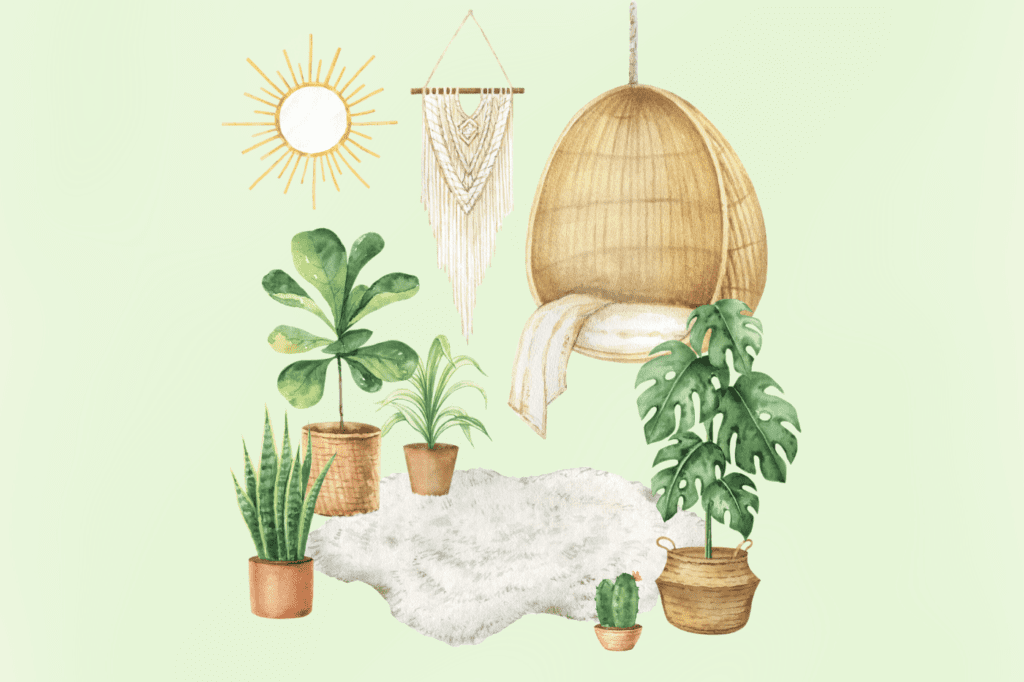
Apartment gardening is the practice of growing plants and herbs in an apartment’s limited space, whether on a balcony, windowsill, or indoor area.
It’s a wonderful way to bring nature indoors and add greenery to your living space, even if you don’t have a traditional garden.
Can you have plants in an apartment?
Yes, you can have plants in an apartment! Many plants thrive indoors and can be grown in pots or containers. From leafy greens and herbs to flowering plants and succulents, there’s a wide variety of plants that are well-suited to apartment living.
The benefits of apartment gardening
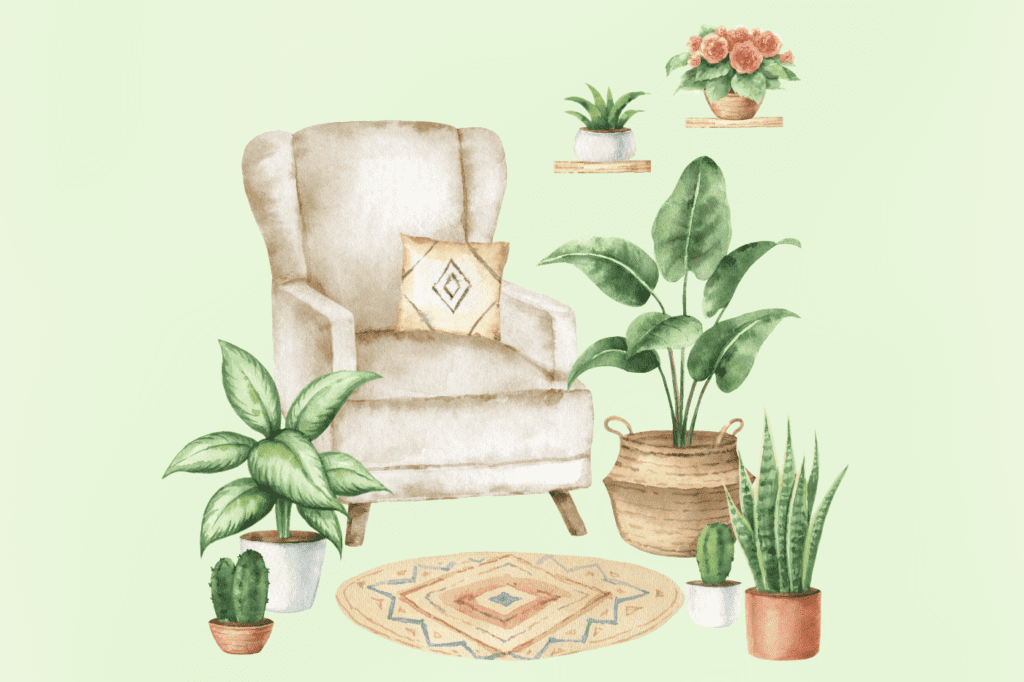
There are numerous benefits to apartment gardening:
- Improved Indoor Air Quality: Plants help to purify and cleanse the air by absorbing toxins and releasing oxygen, creating a healthier indoor environment for you to breathe in.
- Stress Reduction: Caring for plants reduces stress and promotes mindfulness. The act of nurturing and tending to plants can have a calming effect on the mind, helping to alleviate anxiety and improve overall mental well-being.
- Fresh Herbs and Produce: Apartment gardening allows you to grow your own fresh herbs, vegetables, and fruits right in your living space. Not only does this provide you with access to homegrown, organic produce, but it also encourages healthy eating habits and reduces reliance on store-bought produce.
- Connection with Nature: Even in the heart of the city, apartment gardening provides a connection to nature. Tending to plants and observing their growth can create a sense of appreciation for the natural world and bring a touch of the outdoors into your home.
- Personalization and Beautification: Plants add color, texture, and life to your living space, enhancing its aesthetic appeal and creating a more inviting atmosphere. Whether you prefer lush foliage or vibrant blooms, apartment gardening allows you to personalize and beautify your home according to your taste.
- Environmental Benefits: Growing plants indoors can contribute to environmental sustainability by reducing carbon dioxide levels, conserving energy, and mitigating the urban heat island effect. Additionally, apartment gardening promotes eco-conscious practices such as composting and water conservation.
- Therapeutic Benefits: Engaging in apartment gardening can be a therapeutic and rewarding hobby. It provides a creative outlet for self-expression, promotes mindfulness, and inspires a sense of accomplishment as you watch your plants thrive and grow.
Whether you’re a seasoned gardener or a beginner, there’s something magical about cultivating your own little green oasis in the heart of the city.
The Best Plants for Apartment Gardening

- Spider Plant: Easy to care for, safe for pets, and known for air purification.
- Snake Plant: Resilient and perfect for forgetful plant parents, thriving on neglect.
- Pothos: Trailing beauty available in various shades, adding whimsy to any space.
- Peace Lily: Elegant and air-purifying, perfect for bedrooms and living rooms.
- ZZ Plant (Zanzibar gems): Modern look and low-maintenance, surviving in low light with minimal water.
- Rubber Plant: Sturdy trees with glossy leaves, ideal for bright, indirect light.
- Monstera: Tropical vibe with split leaves, thriving in medium to bright indirect light.
- Philodendron: Classic choice with heart-shaped leaves, tolerant of low light.
- Aloe Vera: Practical and decorative, perfect for kitchens and bathrooms.
- Fiddle Leaf Fig: Statement plant with large leaves, requiring bright, indirect light.
- Boston Fern: Woodland charm with delicate fronds, loving high humidity.
- Jade Plant: Compact and symbolic of prosperity, ideal for indoor gardening.
Best Herbs and Legumes to Grow Indoors

- Basil: Fragrant and versatile, perfect for adding flavor to dishes.
- Mint: Refreshing and prolific, great for teas, cocktails, and desserts.
- Rosemary: Aromatic and resilient, ideal for seasoning meats and vegetables.
- Thyme: Fragrant and compact, excellent for soups, stews, and roasts.
- Chives: Mild and onion-like, perfect for garnishing salads and potatoes.
- Parsley: Nutrient-rich and easy to grow, great for adding freshness to meals.
- Lemon Balm: Citrusy and calming, perfect for teas and infused waters.
- Green Beans: Compact and productive, providing a fresh harvest in limited space.
- Lentils: Nutritious and protein-rich, suitable for sprouting indoors.
- Peas: Fast-growing and delicious, ideal for adding freshness to salads and stir-fries.
What is the Best Plant to Grow in an Apartment?
For a versatile and easy-to-care-for option, consider the spider plant. It’s hardy, safe for pets, and perfect for beginners.
What is the Best Plant for Bedroom Air Quality?
For bedrooms, the peace lily is an excellent choice. Its elegant white blooms and air-purifying abilities make it the perfect companion for restful sleep.
It removes toxins like formaldehyde, benzene, and trichloroethylene from the air while adding a touch of elegance to your sleeping space.
Which Plants Don’t Need Direct Sunlight?
Plants like pothos, snake plants, and ZZ plants (Zanzibar gems) thrive in low to moderate light conditions, making them ideal for apartments with limited natural light.
Which Plants are Best for a Bathroom?
Plants that love humidity, such as peace lilies and Boston ferns, thrive in bathroom environments, adding a spa-like ambiance to your daily routine.
Tips and Tricks for Apartment Gardening
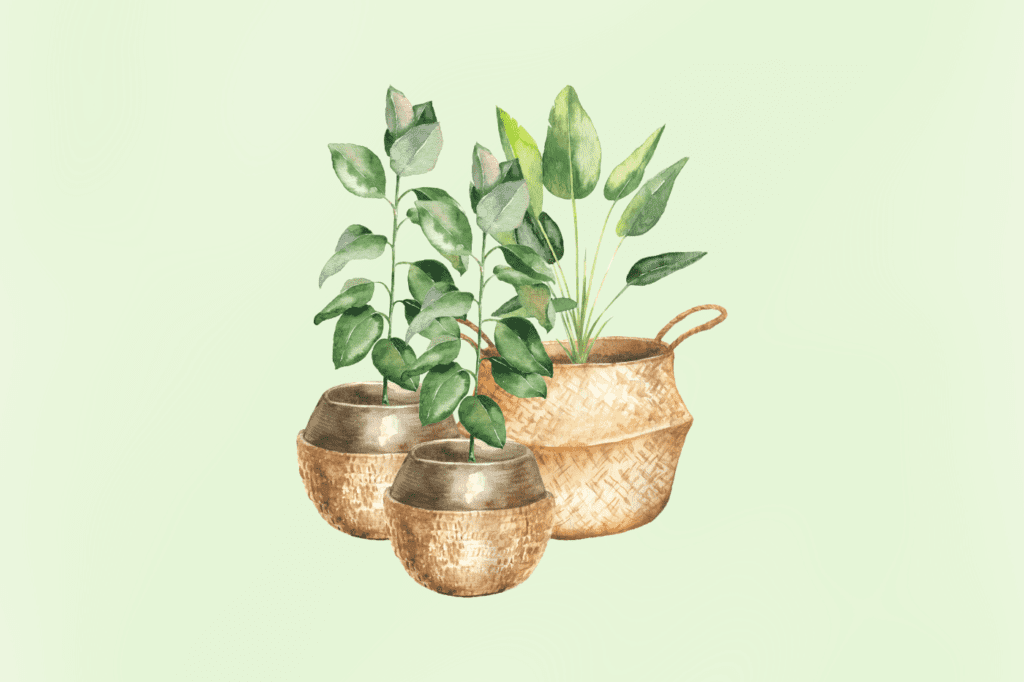
Here are some handy tips and tricks just for you:
- Choose Wisely: Pick plants that suit your lifestyle and space. Opt for low-maintenance varieties like spider plants or pothos—they’re perfect for busy schedules!
- Get Creative with Space: Don’t let limited square footage hold you back. Embrace vertical gardening by hanging plants from ceilings or walls. Every nook and cranny is an opportunity for greenery!
- Nurture with Light: Natural light is a precious resource, so make the most of it. Position your plants near windows or invest in grow lights for those darker corners. Your leafy friends will thank you!
- Water with Care: Strike the right balance between too much and too little water. Check the soil moisture regularly and adjust your watering routine accordingly. It’s all about finding that sweet spot!
- Show Some Love: Take the time to care for your plants like the green superheroes they are. Prune away dead leaves, fertilize occasionally, and keep an eye out for any pesky pests.
Care and maintenance tips for your plants
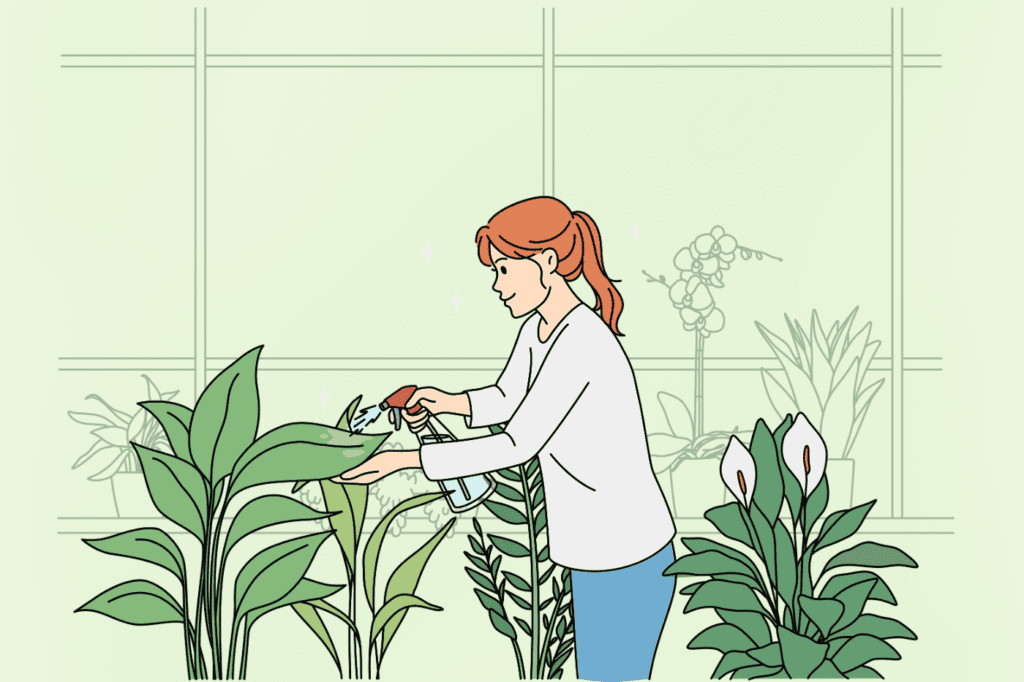
Here are some tips to help you keep them happy and healthy:
- Water Wisely: Check the soil moisture before watering and adjust the watering frequency based on your plant’s needs. Remember, it’s better to underwater than overwater, so let the soil dry out between waterings to prevent root rot.
- Light Matters: Place your plants in locations with appropriate light levels. Different plants have different light requirements, so pay attention to their specific needs. If you have low-light areas, choose plants that thrive in those conditions, like pothos or snake plants.
- Pruning and Grooming: Keep your plants looking their best by regularly pruning away dead or yellowing leaves and trimming overgrown stems. This not only helps maintain their appearance but also promotes healthy growth.
- Feed Them Right: Just like us, plants need nutrients to thrive. Feed your plants with a balanced fertilizer during the growing season, following package instructions. Be careful not to over-fertilize, as this can harm your plants.
- Watch for Pests: Keep an eye out for common indoor plant pests like aphids or spider mites. If you notice any pests, treat them promptly with organic pest control methods to prevent infestations.
- Rotate for Even Growth: Rotate your plants regularly to ensure they receive even light exposure on all sides. This helps promote balanced growth and prevents them from leaning toward the light source.
- Monitor Humidity Levels: Some plants, especially tropical varieties, prefer higher humidity levels. You can increase humidity by placing a tray of water near your plants or using a humidifier, especially during the dry winter months.
Remember, every plant is unique, so get to know your plant’s individual preferences and adjust your care routine accordingly.
How do you grow plants in a dark apartment?
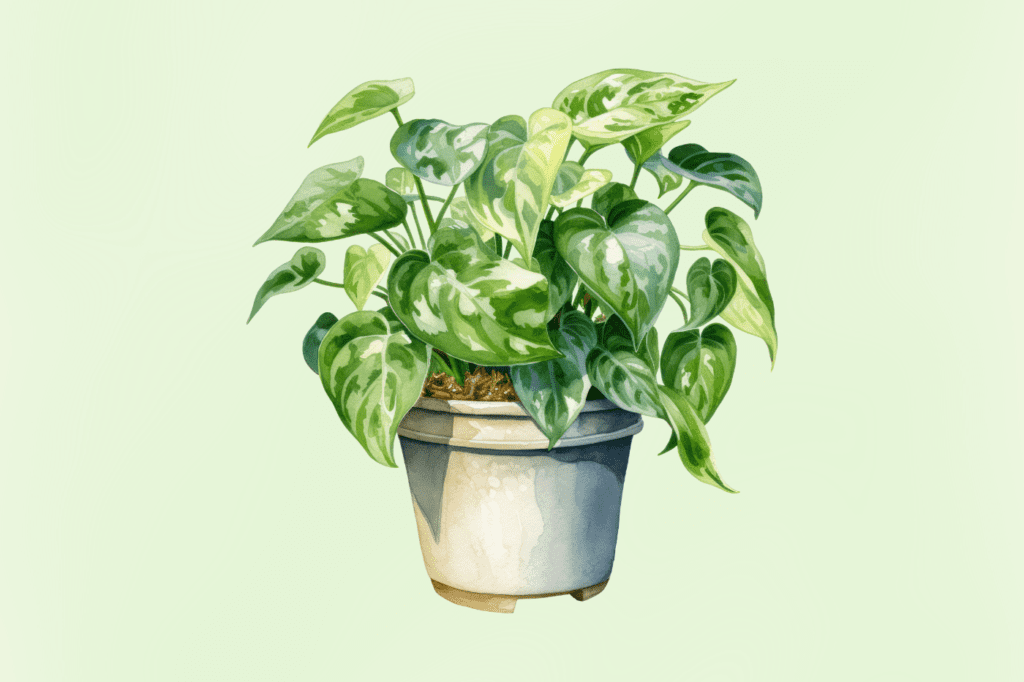
Look for low-light-tolerant plants like pothos, snake plants, and ZZ plants (Zanzibar gems). These resilient beauties can thrive even in the dimmest corners of your home.
Place them near windows if possible, or invest in some artificial grow lights to give them the boost they need. Remember to water them appropriately and watch them flourish, even in the shadows!
How do you hang plants in an apartment?
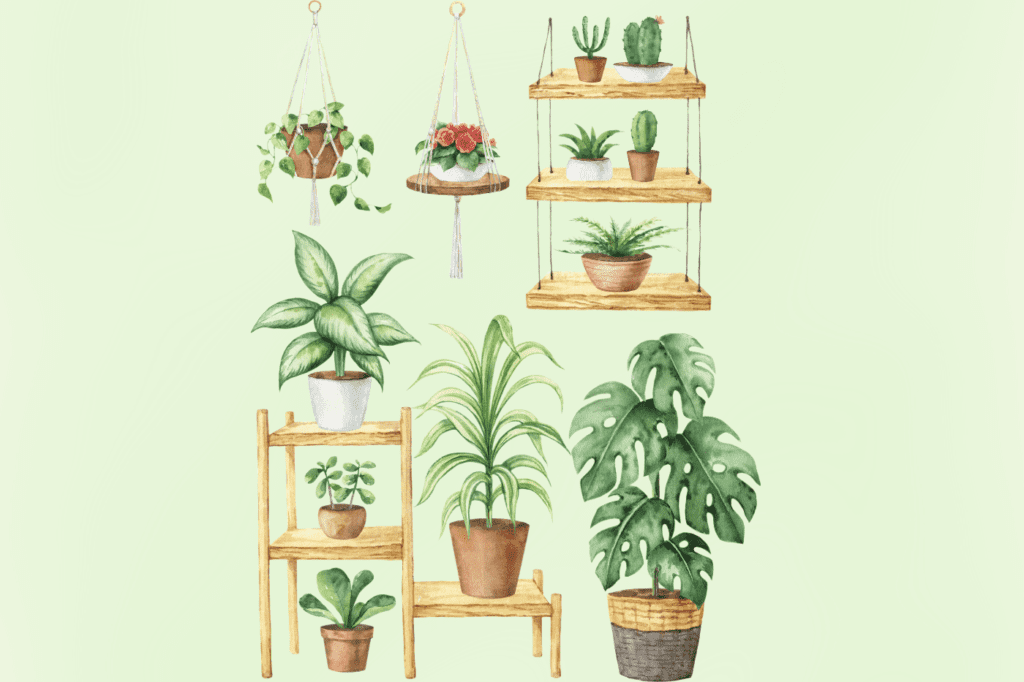
Hanging plants can add a whole new dimension to your apartment oasis! Start by installing hooks or brackets in your ceiling or walls—make sure they’re sturdy enough to support your plants. Then, simply hang your favorite planters or baskets from the hooks.
Get creative with your arrangements and mix and match different plant varieties to create a stunning green display that’s sure to impress.
Just be sure to check the weight limits of your hooks and choose appropriately sized pots to avoid any mishaps!
Where should I put my plants in a small apartment?
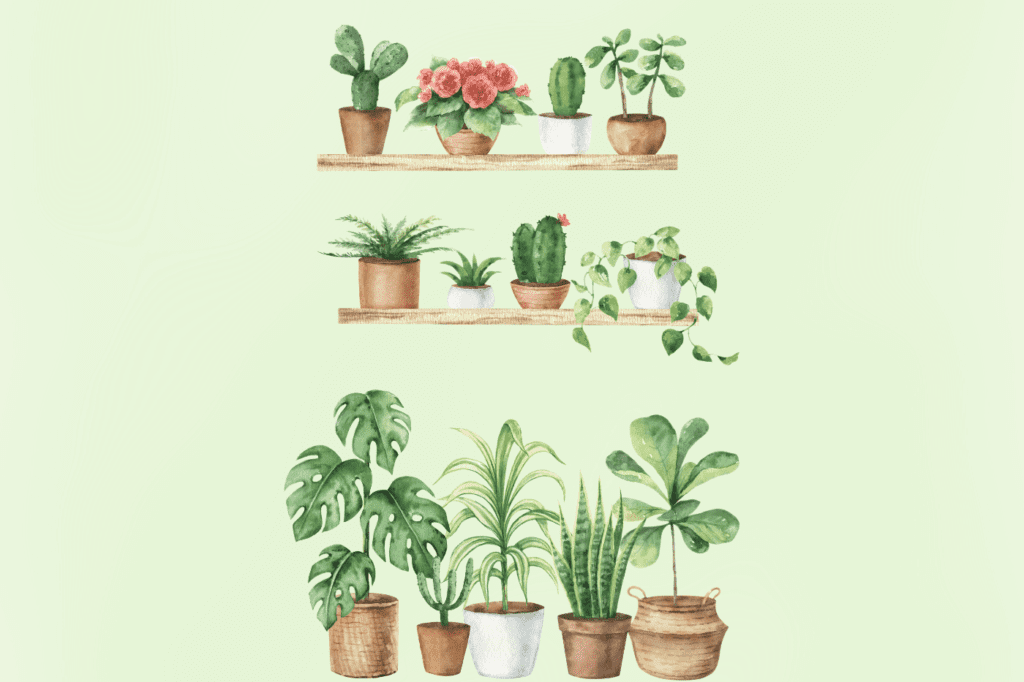
Short on space but big on plant love? No problem! In a small apartment, every inch counts, so get strategic with your plant placement.
Consider utilizing vertical space by placing plants on shelves or hanging them from ceilings or walls. Windowsills and countertops are also prime real estate for plants, so don’t overlook these areas.
Think about the light requirements of your plants and try to match them with the available light in your apartment.
Get creative with your arrangements and experiment until you find the perfect spots for your green companions!
Takeaway: Apartment Gardening
I hope you’re feeling inspired and empowered to cultivate your own indoor oasis.
Remember, apartment gardening is not just about adding greenery to your space—it’s about nurturing a connection with nature, promoting wellness, and creating a sanctuary that brings joy and tranquility to your everyday life.
No matter the size of your space or the amount of natural light you have, there are plants out there that will thrive in your home.
So why wait any longer? Take the first step today by selecting a few plants that speak to you and finding the perfect spots for them in your apartment.
Start small, experiment, and don’t be afraid to make mistakes along the way. After all, every brown leaf or wilted stem is an opportunity to learn and grow as a gardener.
